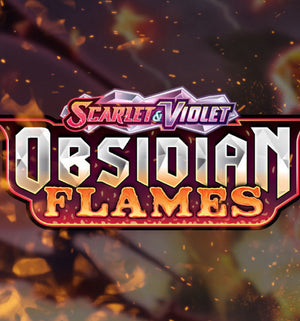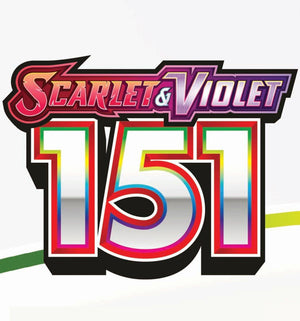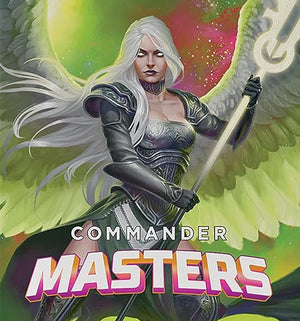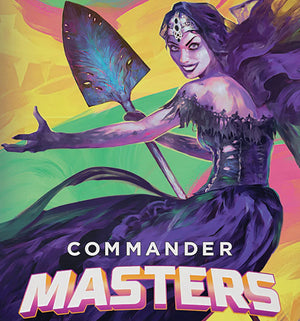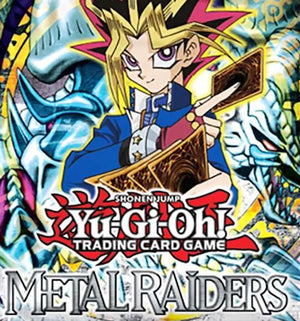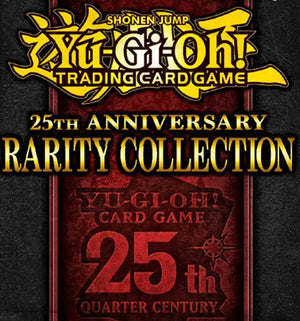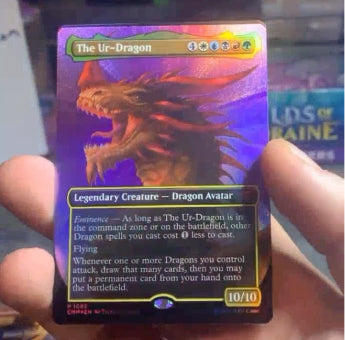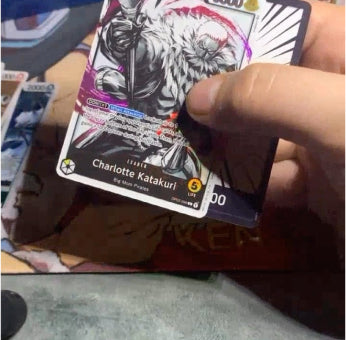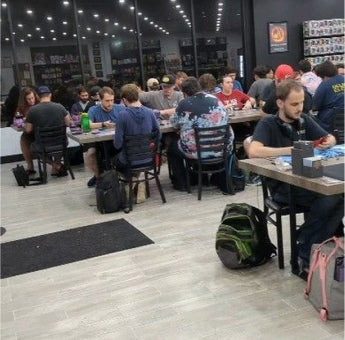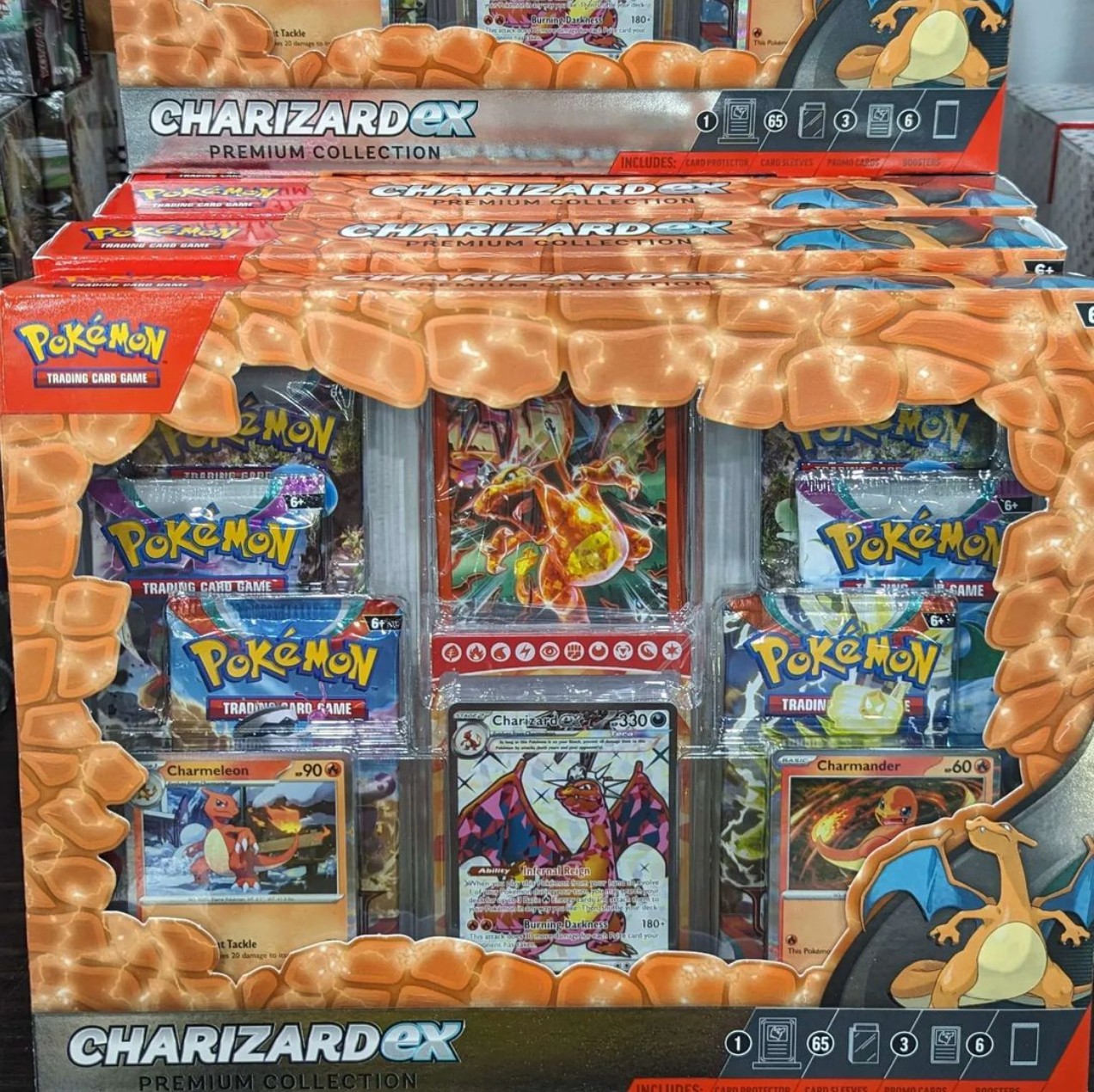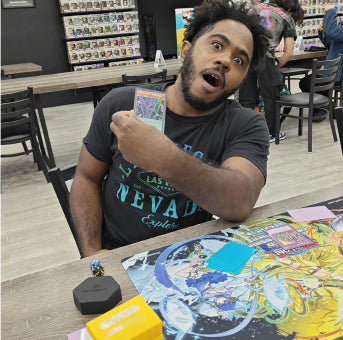
A Guide to Drafting Magic: the Gathering
All ways we like to enjoy playing Magic: the Gathering are generally grouped into two styles of play: constructed and limited. Constructed is when players build their own decks before the event and limited is when players are given packs of unopened Magic cards, which are often referred to as 'product', and have to open them and create a deck from those cards on the spot. In limited, there are 3 popular ways to play. Draft, Sealed, and Cube. In this article, I will be covering the draft format and how to succeed in it by understanding some principles of limited and draft play. This article will be for the intermediate players who are familiar with the way an eight-player draft works and have been in a few draft pods themselves, but are looking to level up their game.
"The more things change, the more they stay the same"
This statement is particularly true with draft formats. Note that a 'draft format' is considered a unique format for each of the packs of products you draft from any set. For example, drafting three packs of Amonkhet is a different format than drafting three Dominaria packs. And still, drafting one pack of Guilds of Ravnica and two Packs of Ravnica Allegiance is different than drafting three packs of Guilds of Ravnica. For this reason, each draft format can behave differently in games of limited. Mechanics, set themes, the designed 'feel' of a set, and other traits of the pool of cards available will dictate the way games of draft in the format will tend to unfold. However, some things will always be the same when drafting.
There are some tenants of drafting itself, which come down to pick and pack order.
- The first 3 picks of any pack will be the heavy hitters and the 'bombs' of your deck. Bombs are cards that should give you a substantial chance to win the game once they hit the table. Incredibly powerful and efficient creatures, planeswalkers and some sorceries typically come in as your deck's bombs. Bombs can be of varying importance, and even rarities, in a draft format. Sometimes you may hear the words 'mythic uncommon' thrown around a set's uncommon in limited. If you hear that, it means, in the context of a limited game, the uncommon is better than most rares and by rights should be considered a mythic when drafting.
- Picks 4-8 of any pack should give you the meat of your deck. These will be the cards that define your deck and the way it is trying to win the game. These are sometimes referred to as the 'archetype defining' cards. Cards picked around this time will be responsible for most of your deck's strength, so pick quality cards that adhere to both the deck you are trying to build and even the way the format is promoting you to build your deck, which I will touch on later.
- Picks 9-12 of the first pack, and to a lesser extent the second and third packs, should be on your "wheel radar". This one definitely takes skills that need to be practiced to nail down, but try to get an understanding of what the pack you open might look like after the first 8 picks and it comes back to you. Also note the next two packs passed to you. These cards won't affect your deck and its play as heavily as picks 4-8, but there are some contenders that might be key to filling out your deck with playables. Combat tricks and non-creature playables usually are picked around here, which could be a fair amount of the cards you choose to play.
- Picks 13-15 of any pack will likely not make your deck. These cards are usually not playable for any deck unless it was both an unusually strong pack for all players seated at the table or there were too many players fighting over the same colors to pick from.
Some more tenants of drafting that are more about the game play and the way draft games usually are won
- Bombs win games. Some formats want a bomb heavy deck, some less so. It is typically good practice to prioritize picking bombs first.
- Removal is always good to have. Creatures are by far and large the way the majority of draft games are won, regardless of format. The primary way creatures are removed from play in draft is in combat, but that doesn't always put you in the best position. Draft cheap, efficient and unconditional removal if you can. Some formats are rich with it, sometimes the formats have expensive and conditional clunky removal. Either way, be familiar with the removal in a format and draft it highly.
- Creatures, creatures and creatures. Most draft decks will have between 14 and 17 solid, playable creatures up and down the curve. As mentioned, they are the primary way games are won, so make sure they are around when you need them and you have depth to them. I usually prioritize picking removal over creatures, but will always keep a mental note of my approximate creature count while drafting and know if I need more or not.
- Creatures with evasion are prime. That means creatures with flying, menace or trample usually. You'll be surprised how far a 2/2 flying creature for three mana can get you.
- Keep a note of what creatures are likely to survive most conditional removal in the format and most creature combat they'll see in the format. I'll touch more on this later.
- A general 'good stuff' strategy draft deck's creature count will be around 16 creatures. The curve is important here. Usually I go for 1-2 one drops, 3-4 two drops, 5-6 three and four drops, 3-4 five drops, and a few top ends above that if the deck and draft format demands it. Notice that most of your creature density among the curve will be around the three and four drops.
- Combat Tricks, Creature Buffs, Card Advantage, Mana Sinks and Color Fixing are what take the least priority for me in building a typical draft deck. It usually is rewarding to have two or so combat tricks to establish a clear board advantage during combat, but don't pick too many. Know what the prime combat tricks are in your colors. Creature buffs are risky, and I generally avoid them. Enchantment Auras can be good, but once the creature is removed by a single removal spell, you'll feel bad when 2 of your cards are sent to the graveyard for the price of one of your opponent's cards. Card advantage tends to be a payoff for certain archetypes, generally Blue-Red "Spells Matter" decks, but not every deck needs it. The slower the format, the better card advantage spells are. This is because you aren't taking a turn 'off', meaning you aren't adding to your board state, in a way that your opponent will punish you and get to far ahead with developing their own board state. If you find games are going long and both players are often in topdeck mode, you may want a mana sink or two in your deck. These are on-board ways to use your mana when nothing else is going on. An example would be an enchantment that has an acitivated ability for six mana to make a 1/1 creature. It seems underwhelming at face value, because it is, but utilizing you mana to its fullest can decide some draft games. Depending on what colors your deck is stretched across, usually to support some bombs you've drafted, drafting color fixing or dual colored lands can be a necessity or a back burner priority for your deck. Learn to support your colors and build your mana base and sources in a way that will let you cast your spells when you want to.
Of course, there is a deviation to all this and some pieces from above won't always hold true in the modern era's of Magic's designs to their draft formats. You will often hear experienced draft players talk about the limited 'enviroment' in a draft format. This encompasses all the nuance that goes into how your picks and gameplay are rewarded for the smallest edges and paying attention to the small details and numbers in a draft format. Understanding the 'environment' is what brings you from an intermediate drafter to the next level, but it takes many, many drafts in the same draft format to understand it. Even then, very rarely are any two draft formats building the same environment. To understand the environment, I recommend asking yourselves these three questions sitting down at every draft table and then again and again as you play out your draft. I developed these questions myself through years of drafting and then tend to be rewarding.
- How good, or playable, is a "bear"? A "bear" is a callback term to the card Grizzly Bears. It's a card as old as Magic itself. It is a 2/2 for two mana and no other abilities. Today, most 2/2's for two mana have some ability on them, but you can still find a vanilla Grizzly Bear-esque card in some sets. As you play your games, would you want a bear to play? How good would it be on turn two, on curve, whether on the play or on the draw? How good would it be as a late game topdeck? Can it provide value in combat? Is it a waste of a card late game? These questions should let you know if a bear is playable and, if so, how many would you want in your deck.
- What's the "Safety Number" for creatures? The safety number is how much toughness it will need to survive most conditional removal and most creature combat one-on-one. I'm going to make a clear example off the top of my imagination now, but imagine this with me. There are two conditional removal spells at common in the format. A black enchantment that gives a creature -2/-2 and a red burn spell that deals 2 damage to any creature. The vast majority of two and three-drop creatures in this set are 2/1's, 2/2's and 2/3's. It would make sense to prioritze picking creatures with at least 3 toughness, right? Sometimes a vanilla 1/3 is better than a 2/2 with an ability because your strategy needs your early game creatures to survive so you can defend until you deploy your bombs and synergies. Most draft formats aren't as clear as this, but it's the general idea illustrated in this example. Keep an eye on which of your creatures hit the graveyard often and why. Their toughnesses may show a pattern.
- The third question I ask myself is the reflective of the first two questions and other factors. What is the speed of the format? This can usually be figured out by paying attention to what turn most games end and how many creatures are usually deployed by the end game. Was I finished off by attacking creatures or direct damage? Did the game last long enough for syenergies and combos to have a substantial impact? How many lands are on the board when the game ended?
Knowing the answers to the "bear" question, the "safety number" question, and the "speed" question will often give you a nuanced understanding to the draft format and will equip you intelligently when you know how to take the tenants of drafting and playing draft with a grain of salt.
Let's take a look at two recent limited formats with all this in mind. Amonkhet limited and Dominaria limited.
Amonket limited will be remembered as one of the most aggressive and blistering fast limited formats for a long time. The premier mechanic of the set, "exert", rewarded attacking and being aggressive. It even disincentivized blocking since most creatures in that set didn't survive creature combat with each other and you wanted your creatures to stick around so you could exert them too. The Red-White exert deck had some of the best games in the format. It got the opponent's life total to zero real quick, and mostly because the commons in that archetype are the best commons in the set. Remember that the bulk of your deck will be commons and uncommons in draft, so don't ignore the strengths of having a deck with the best commons in the set. Typicaly, a deck of strong commons could beat a loosely put together deck with two "bomb" rares in it in Amonkhet draft. A distinct example of how the entire set was aggressively slanted were the breakout strategies of Pro Tour Amonkhet's limited rounds. In the Pro Tours, now called Mythic Championships, there were 3 rounds of limited draft to kick off Day 1 and Day 2 Swiss play. Everyone knew the format was aggresively slanted and succesffuly drafting the Red-White exert deck or the Black-White zombies deck would give some very considerable chances of 3-0'ing their pods. In a color not commonly perceived as an aggro and in limited has become the go-to control color, some professional players realized there was another aggro archetype in the set. There wasn't a large amount of fighting over blue cards at the draft tables, so the common one-drop unblockable blue creature Slither Blade was in high supply. An aggressive blue deck was the last thing most players expected, and typically that's rightfully so. However, some players read the format and made the correct call, and managed even to outrace and be more aggressive than the highly sought after aggro decks in the format with their blue decks!
The designers of Amonket released info they wanted the set to be aggressive and all about attacking. It tied in to the theme of the set about giving it all to enter the God-Pharaoh's eternal afterlife (we all know how that turned out in the plot and scheme of things). What more, the cycling mechanic in the set guaranteed that fuel for the attacking onslaught in the set was rarely in short supply. Further details about the set were the copious amounts of cheap and efficient creatures albeit with lower toughnesses than power, conditional but cheap and efficient removal, and overall lack of established synergy save the underpowered cycling deck. A vanilla "bear" was very much playable in this format and I'd be happy with 3-4 in my decks. Furthermore, 3 toughness was what I thought the "safety number"
On the other hand we have Dominaria, lauded as one of the best and most fun limited formats of all time. It is nearly a polar opposite of Amonkhet draft in terms of the elements that made the format what it was. Dominaria's cheap creatures were not very good at attacking. They had lower power than their toughness usually, so combat wouldn't get very far for offering trades in combat or lowering the opponent's life total. Games often stalled out because of this and players had time and resources available to cast some haymakers and bombs to try to turn the crowded boardstate in their favor. Not to say aggro didn't exist in this format, the Blue-Red wizards deck was extremely fast and efficient at attacking. However if you didn't have Adeliz, the Cinder Wind, in your deck and multiple copies of some very important cards to clear the blockers out and attack, the deck felt lackluster. The format also had powerful unconditional removal across many colors at common rarity, which will nearly always slow the speed of a format. The players' high note of this set also contributed to how slow the format was and how important it was to have good removal and bombs available in your deck. This set had some serious synergies available in its limited environment. The archetypes were clearly defined as two-color pairings and each pair had its ideal mission and way to play out a game with specific cards available to make sure things went well. Most of these synergies were brought together with powerful archetype-defining multicolor uncommons and rares. This set's commons were used to bridge the way to the end game, and weren't capable of finishing a game on their own. This set's slow and synergistic environment rewarded forethought, strategic thinking, and resource management. In Dominaria, you point your removal at your opponent's payoff creatures to avoid losing. Whereas in Amonkhet, the two damage burn spell should be pointed at the two drop creature thats threatening to beat you down on its own. I would not even want one bear in my Dominaria draft deck unless there were some synergistic payoffs to including it. In this format, unconditional removal was so available that I didn't pay attention to a "safety number" of toughness. I conceded that if my opponent wanted one of my creatures to go, it was likely to go. So I focused on abilities that triggered when my creatures entered the battle field to get immediate value and long term payoffs like mana sinks and synergies. This set was all about value, and even the aggro style Blue-Red wizards deck and Blue-White 'unblockable' deck relied on heavy synergy and key cards to enable it all.
I hope you all learned something from this article! I always have a blast teaching this game, and this was a real treat for me to write this.

